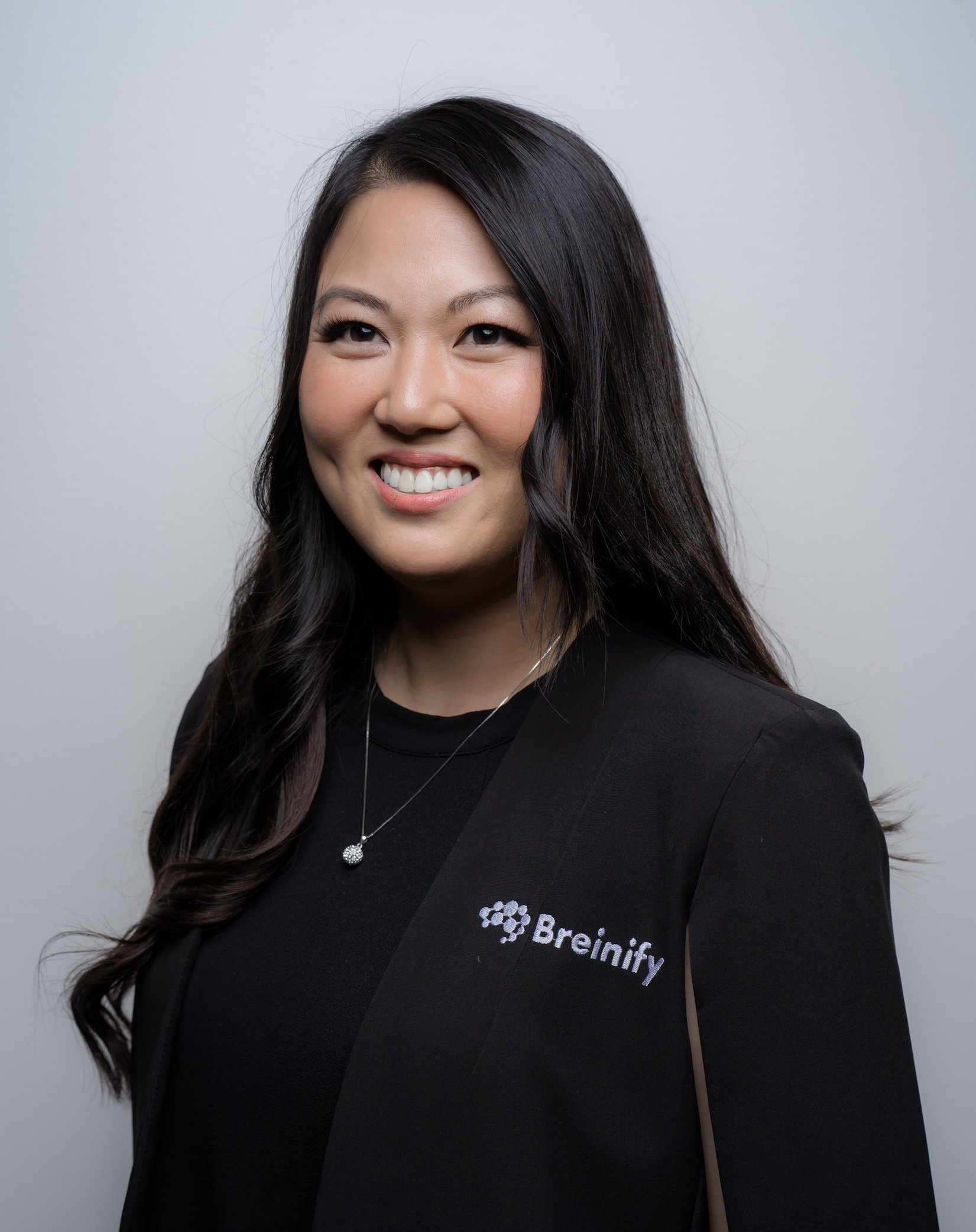How to Turn Data Into Relevant Consumer Experiences
Article • August 25, 2021 • Written by: Diane Keng

With more technology at their fingertips and an affinity for online shopping, consumers are becoming more complex. Now, the question for brands is less about the product and more about the quality of the consumer experience.
To create meaningful and relevant digital consumer experiences, marketers need to start with the basics – data collection and analysis. Building on a solid foundation of data science, marketers can automatically curate unique experiences tailored to individual consumer preferences. To do that, though, marketers first need to understand the role data plays in the consumer experience.
Understanding Consumers on a Personal Level
Every marketer’s goal is to understand their target audience and create messaging that resonates with them. When your data collection and analysis practices are in good shape, ideally built on a foundation of data science, you need to understand how to extract insights from that data. As marketing has evolved, marketers spend more time with this goal in mind – finding actionable insights that help them connect with consumers on a deeper level.
Marketers can’t do this by themselves, though – they need the right technology to help them out. AI, for example, can keep track of millions of users and their individual preferences, giving marketers the data and insights they need to craft personalized digital consumer experiences at scale.
Moving Beyond Demographic Segmentation
Marketers used to use demographic information like age and gender to define audience segments, but now have realized that there are better ways to go deeper and understand behaviors, preferences, and habits of consumers. Understanding demographics is a great start, but to stay competitive, marketers need to go beyond demographics alone.
For example, a 37-year-old man might have similar preferences to a 40-year old man, but likely only in a few very specific areas. Consumers today want to feel like brands really understand them – that’s why it’s important to focus on dynamic audience segmentation rather than demographics alone.
The key difference here is context. Consumer preferences change in real-time based on factors like weather, time of day, temperature, geographical location, and more. For marketers to curate truly relevant experiences, they need to pull actionable insight from their data to understand what experiences consumers are looking for at any given time – and provide it. The more relevant the experience, the more likely a consumer is to purchase again and again.
How To Turn Data into Personalized Consumer Experiences
Creating truly personalized experiences for consumers requires marketers to go beyond demographic segmentation and simple data collection. Here’s how marketers can get started:
- Identify measurable goals
Start with your overarching objective. If you want to create personalized experiences, how can you quantify that and make it both specific and measurable?
Looking at things like conversions, sales, engagement, and CRM registrations are good places to start because they’re relatively easy to measure. Specific business objectives also help you define what exactly you want the consumer experience to look like. If you’re looking for increased sales, for example, that experience looks different than if you’re trying to boost your CRM numbers.
- Try dynamic audience segmentation
Demographic data alone isn’t enough to personalize consumer experiences. You’ll still need audience segments, but enabling dynamic audience segmentation allows consumers to move in and out of certain segments as their context changes. If you’re curating highly specific experiences for each of those audience segments, your consumers are more likely to have an experience that meets their expectations.
- Predict consumers’ wants and needs
Data is a crucial part of creating digital consumer experiences that adapt to changes in consumer preferences in real-time.
For example, a consumer may regularly shop for whiskey, but when it’s hot outside and there’s a holiday weekend coming up, that individual might be more inclined to purchase a seltzer or beer, or another item that’s good for sipping in the sun. When you can deliver those sorts of predictive and dynamic experiences, consumers are more likely to come back time and time again.
To learn more about how Breinify can help you extract actionable insights from your data and achieve digital personalization at scale, get in touch today!

